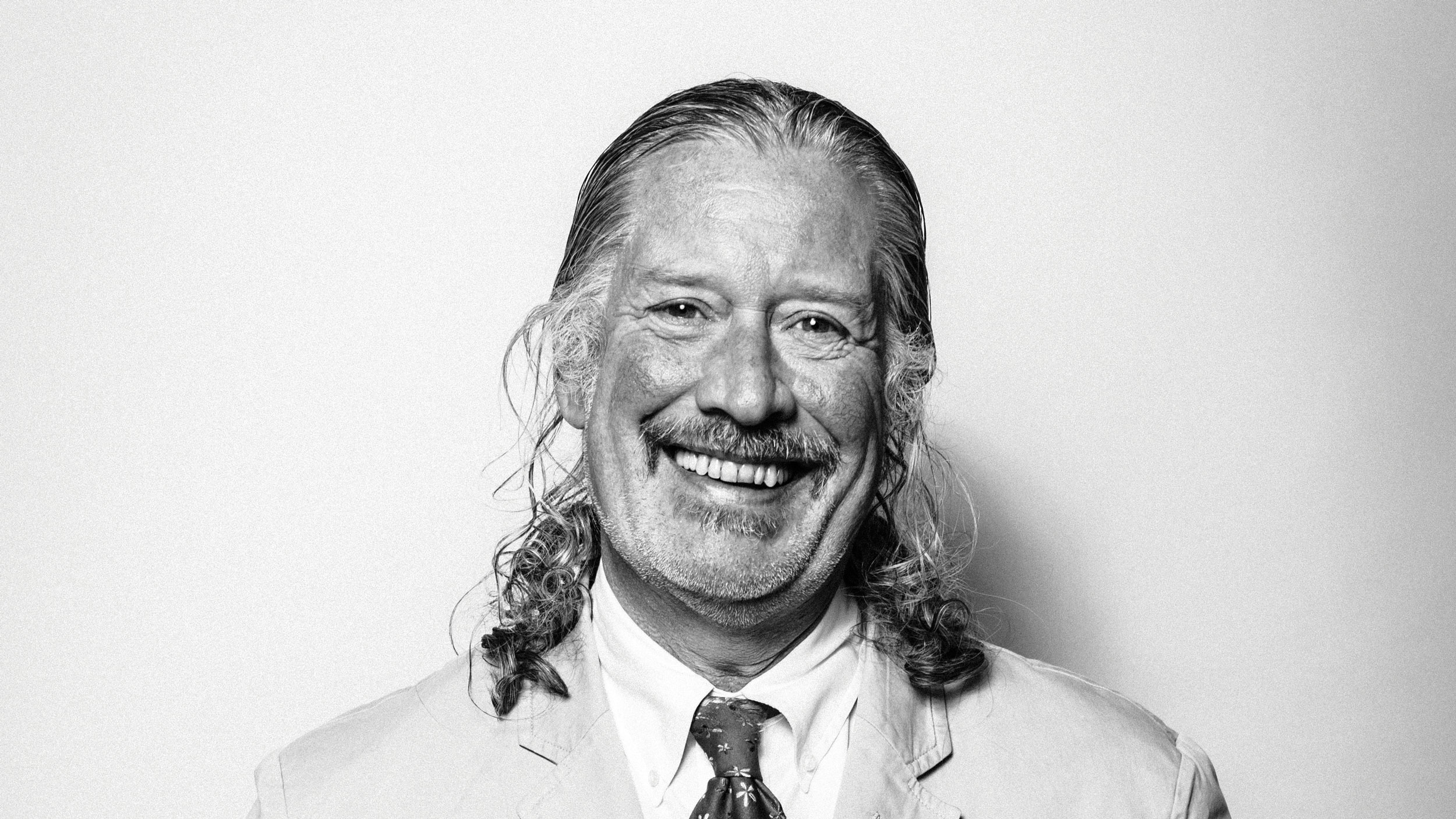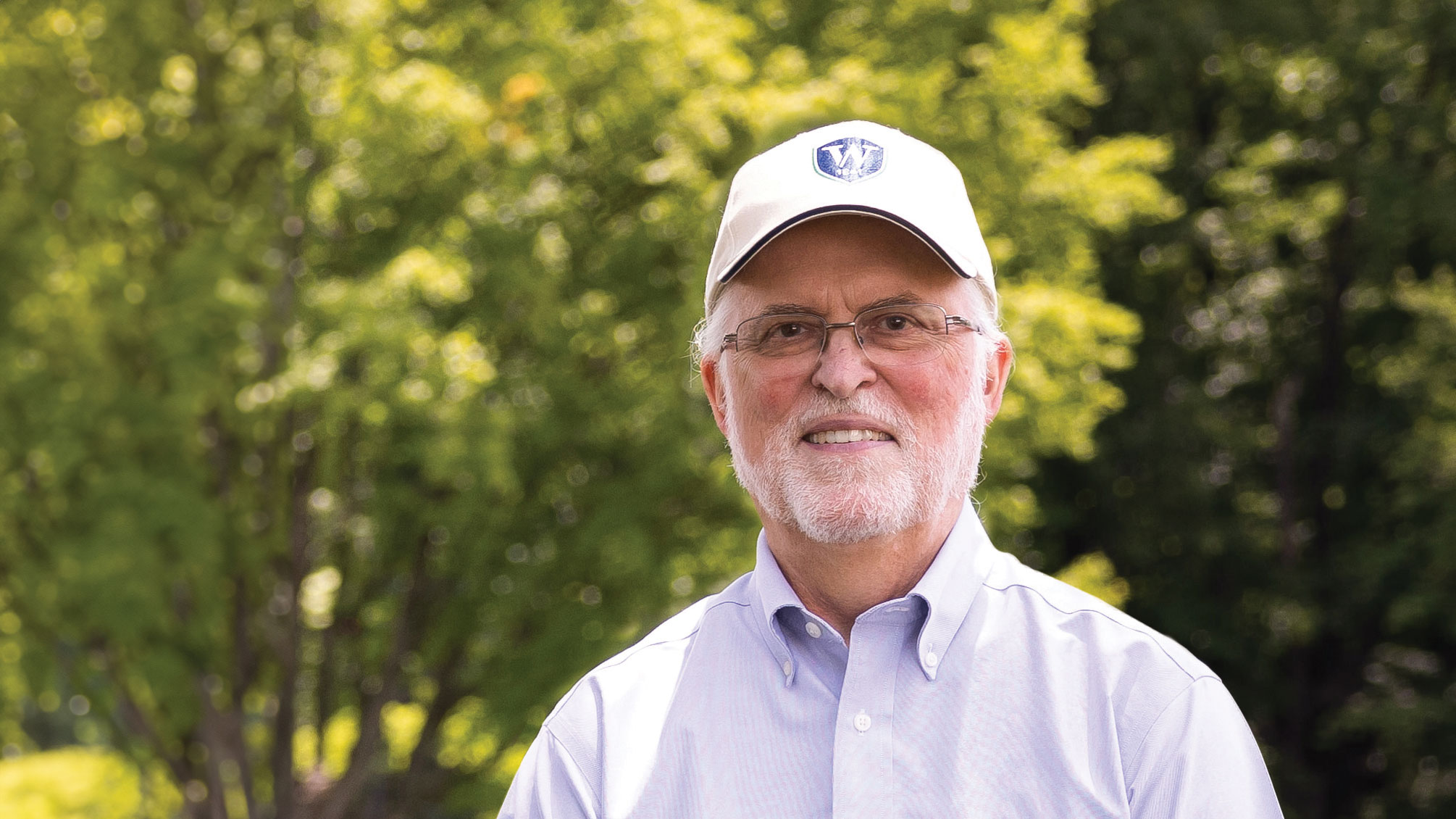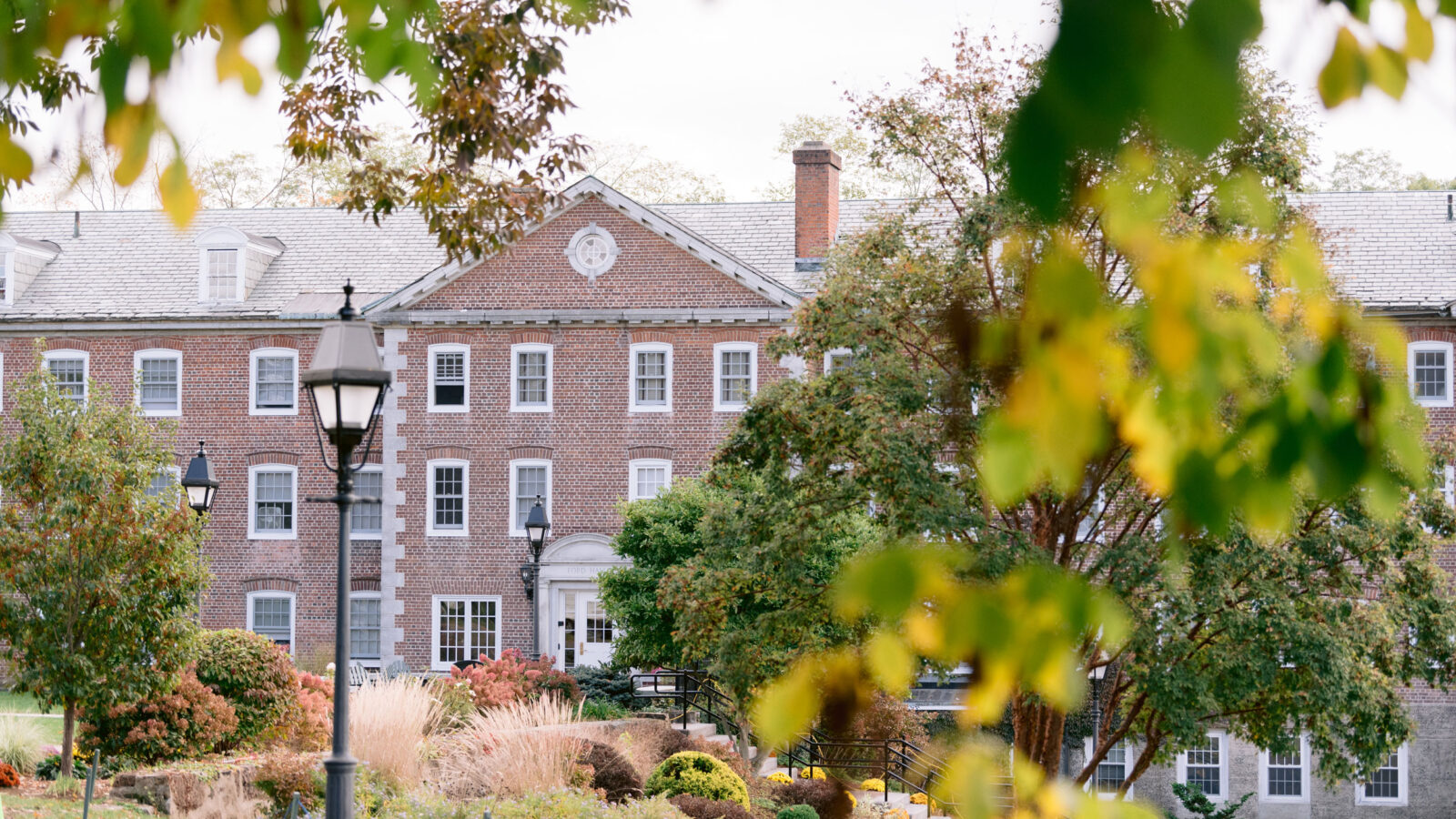
Williston has always been close to my heart, so as Board Chair and a proud member of the class of 1976, it has been a great pleasure to witness the success and momentum of the $70 million Williston Builds campaign. Now in its final year, the campaign has made possible countless improvements to our campus, programs, and community, with much more to come.
Two types of funding—gifts to the Williston Northampton Fund and gifts to our endowment—are especially critical to achieving our ambitious goals at this closing stage of the campaign. Doing so simultaneously has been important for short- and long-term financial needs and to provide alumni, families, and friends with different opportunities to achieve their philanthropic goals. With more than 12 consecutive years of growth, the Williston Northampton Fund plays a critical role in supporting day-to-day operations and is the primary way most alums are supporting the campaign. The endowment, on the other hand, represents a promise for the future. It serves as a long-term investment in the institution, providing a stable financial foundation for generations to come—something you can read more about on the next few pages. By growing the annual fund and the endowment, we ensure that Williston remains a leader in education and a place where students continue to thrive in an environment that encourages intellectual curiosity, diversity, and inclusivity.
The bottom line is: Contributions of every kind matter. As we approach the campaign finish line in June 2024, we are striving to go above and beyond our $70M goal. To those of you who’ve already gotten involved, I deeply thank you on behalf of the Board of Trustees and the whole Williston community. And if you haven’t, this is the perfect time to help us reach our goal and make a difference for this transformative school we all hold so dear. —John Hazen White Jr. ’76, Chair of the Board of Trustees
Endowment By the Numbers
$49M: Value of Williston’s endowment as of June 30, 2023
15.24%: Endowment growth over last year
286: Number of endowed funds held by Williston
Williston’s Endowment: 3 Key Things To Know
1. Why is the endowment so important?
Thanks to the support of many generous donors, the endowment helps the school fulfill its mission and achieve long-term financial sustainability. Think of it as the school’s savings account, which grows over time through careful investment and donations, and which also helps cover annual operating income costs that aren’t met by tuition alone. Increasing the size of the endowment allows the school to have the firmest possible financial foundation—and to achieve important strategic goals, such as offering generous financial aid, ensuring a talented and energized faculty, and planning for future initiatives.
2. What does the endowment help fund?
Williston’s endowment helps fund all areas of the school’s mission, as needed. In the last fiscal year, the largest disbursements from from endowed funds supported financial aid (37%) and teaching and instruction (39%), as well as other important needs of the school.
3. What do different endowed funds support?
Williston holds some 286 endowed funds established by alumni, families, and classes and earmarked for a range of priorities important to those donors and the school. Here are some recent examples of funds started or increased during the Williston Builds campaign.
- Financial Aid: Cathleen C. Robinson Endowed Scholarship Fund
- Faculty Support: The William B. Harmon ’57 Faculty Professional Development Fund
- Athletics: Kate Risley ’93 Fund for Girls Athletics
- Arts: John P. Spare ’60 Performance Fund
- Academics: The Barth Family History and Global Studies Fund
- Inclusion & Belonging: The Sherrie-Ann L. Gordon ’00 Equity Fund for Social and Diverse Experiences

A Sense of Purpose
Why Paul Wainwright ’68 gives back to the place that sparked his passion for photography
On Sunday mornings, hours before other students were awake, Paul Wainwright ’68 was in Williston’s darkroom, printing the pictures he’d taken the week prior. The Willistonian’s submission deadline loomed each Sunday evening, and Wainwright wanted to share his best images. He’d pause for breakfast, then hurry back to the darkroom to finish just in time for Chapel. “I was one of the least athletic people in the school,” Wainwright recalls. “In order to fit in, I became the school photographer.”
Before Wainwright attended Williston, teachers would criticize him for being lazy or day-dreaming in class. The truth: He was dyslexic, although he wouldn’t make this connection until his 30s. Having the time, space, and encouragement at Williston to learn photography was transformative, as was realizing that he could achieve hard things—like committing to the grueling schedule of a young photographer on deadline. “Williston gave me the spark of inspiration and the energy to accomplish things that I didn’t know I had within my powers,” he said. He took this spark and ran with it, earning a bachelor’s degree in physics from Bucknell University, and a master’s and Ph.D. from Yale, before working for Bell Labs for 24 years. “Thus proving,” he laughs, “that I was not lazy. And Bell Labs paid me a lot of money to daydream.”
When he retired from Bell Labs in 2001, Wainwright focused again on photography. His work has been featured in solo exhibitions and showcased in numerous galleries and museums. His photography book A Place for Faith documents the colonial meetinghouses of New England. “Photography has always been my expressive outlet,” he said. “Access to the darkroom all those years ago changed my life.”
As his career evolved, Williston remained “an anchor point,” inspiring him to stay connected as a volunteer for the Class of 1968’s 50th and 55th Reunion efforts. “I was an only child, and I consider Williston to be my home, and my classmates to be my brothers,” he said. “Helping organize Reunions is like getting in touch with my brothers and saying, ‘Hey, come on back. I’d like to see you.’” This past June, Wainwright accepted the Daniel and Jane Carpenter Award on behalf of the Reunion Committee (see page 61). Along with offering his time, Wainwright has made Williston a philanthropic priority. He recently established the Paul F. ’68 and Philip B. ’23 Wainwright Financial Aid Fund for BIPOC Students. “I’ve realized that I was very privileged at Williston, and that some people in our society have not had the same opportunities,” he said. “A family’s financial abilities should not be a limiting factor.” He’s also a member of all three giving societies—1841 Society, Green & Blue Loyalty Society, and Elm Tree Society—donating to the school for the last 28 consecutive years, and he’s documented an estate gift. “When I turned 70, I started thinking about what I wanted to leave behind,” he said. “It’s natural, given my life-changing experience at Williston, that I would want to support the school financially. It’s a no-brainer.


